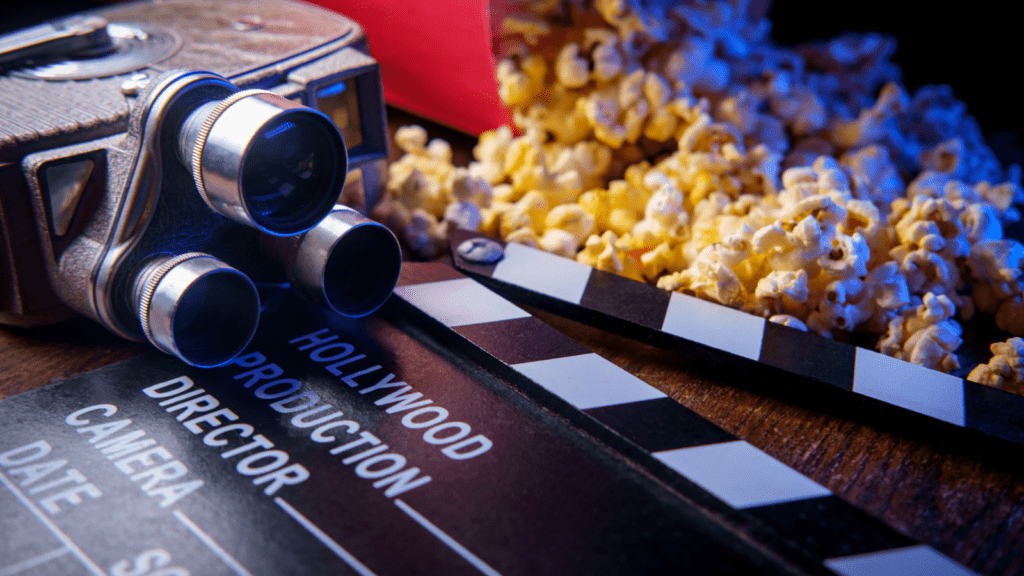Book and Screen: How Thinking of Your Writing as Film Can Improve Your Draft
Lord of the Rings. Matilda. The Wizard of Oz. Bridgerton. They’re all works that started out as books but moved to the screen. It might be debatable whether the movies/series are better than the novels. But here’s a good reason why thinking of your book like a film potentially can improve the content.

Most writers want film adaptations as an end goal, but they don’t write that way to start
These days, most writers hope that, as part of their publication journey, a movie studio will purchase the screen rights to their work. Selling those rights can mean substantial income. It also can translate to significant publicity that further legitimizes the writer and can sell future books. But many authors don’t write the screenplays for their novels. Instead, they let studio writers adapt the work.
As screenwriters develop scripts from novels, they are constantly thinking about what to leave in and what to cut from the original story. Most contemporary films are 1.5 to 2 hours. The screenwriters have to figure out how to use that time in the most compelling, attention-grabbing way possible without losing the cohesion of the narrative. So, they ask if specific scenes are necessary to understand the plot or characters. They also pay attention to how the flow of scenes influences the overall pacing and emotional impact.
Excellent novelists take a screenplay approach during their editing process. They remove and rearrange material until the manuscript is free of fluff and keeps readers enticed from start to finish. But sometimes what happens is that authors, thinking only as writers and not as editors, get drawn into the worlds they create on the page. They lose themselves in potential and go down side-plot and detail rabbit holes. Then, because they become emotionally attached to what they have written, they struggle to objectively realize how the books are going to translate into something to watch.
8 questions to get a screen-ready book
You do not have to wait until it’s time to edit to get a movie-esque novel. All you have to do is be careful through your drafting process to ask yourself a few key questions:
- What core information does this scene deliver to the reader?
- If I cut some or all of a given scene, would where I want to go next still make sense?
- How am I transitioning from scene to scene?
- Can I imagine what I am writing with music (i.e., a specific tempo, mood, orchestration, etc.)? If so, does the content and music flow in parallel? Or are there places in the content that would disrupt the track?
- Are my scenes paced according to the typical hero’s journey for film (e.g., the hero seems like they might lose about 2/3 of the way through)?
- What is the reaction I would want a viewer to have at this point? What in the scene as it currently is written could potentially hinder that reaction?
- Is there a different way to write this (i.e., different dialogue, shift character focus a bit, etc.) without losing the core information the audience needs?
- Is the dialogue easy to speak, appropriate for the scene environment, and consistent for the characters involved?
Get the desired punch
Part of the joy of books is that readers can visualize the written scenes in their own minds. But film, ironically, can get people on the same page about what a story is supposed to be. Film adaptations thus can create a sense of community around stories that is completely unique and which, if done properly, can improve appreciation for a book. If you aim to make building that sense of community easy from the very beginning of the drafting process, your story will have the punch and reach every writer wants.
Image credit:
EzumeImages from Getty Images